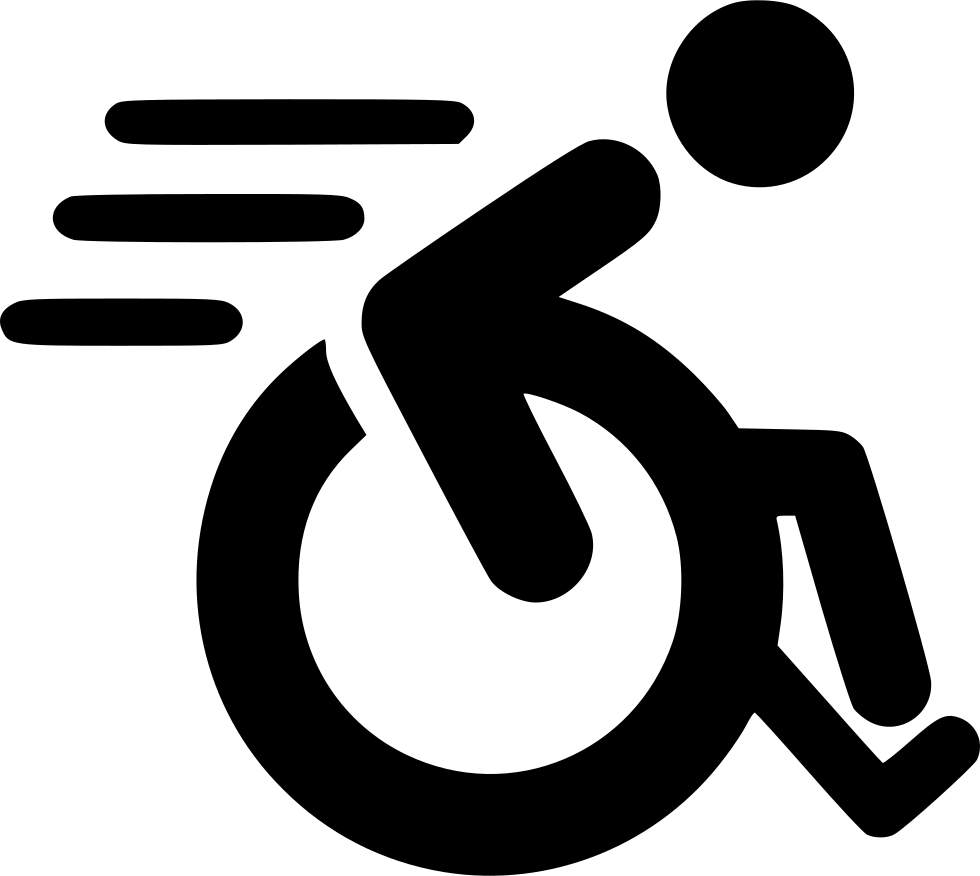Dog - Chronic Kidney (Renal) Failure
What is chronic kidney failure?
 Chronic kidney failure (chronic renal failure CRF) indicates that the kidneys have slowly stopped functioning and are, therefore, not producing urine properly. By definition, kidney failure is the inability of the kidneys to remove waste products from the bloodstream. In fact, most dogs with chronic kidney disease, or renal failure, produce more urine than usual although the body’s liquid waste products are not being effectively eliminated.
Chronic kidney failure (chronic renal failure CRF) indicates that the kidneys have slowly stopped functioning and are, therefore, not producing urine properly. By definition, kidney failure is the inability of the kidneys to remove waste products from the bloodstream. In fact, most dogs with chronic kidney disease, or renal failure, produce more urine than usual although the body’s liquid waste products are not being effectively eliminated.
At what age does this usually happen?
CRF can be thought of as a 'wearing out' process. Small dogs tend to live longer. Signs of chronic kidney problems usually occur at about 10–14 years of age whereas these signs may be apparent as early as 7 years in larger dogs.
What signs should I look for?
The kidneys essentially act as filters for the body. With ageing despite a huge surplus of individual filtration units (nephrons) the filtration process becomes inefficient. The body will then increase blood flow to the kidneys in an attempt to maintain filtration rate. This results in the production of more urine. To prevent the body becoming dehydrated, thirst is increased and hence the dog is seen to be drinking more. Thus, the early signs of CRF are increased thirst and increased urine production. As the condition progresses loss of appetite, depression, vomiting, diarrhoea, and bad breath (halitosis) can occur. Sometimes there will be ulcers in the mouth due to the high level of ammonia compounds (urates) that the kidneys have failed to filter from the bloodstream. The dog is then said to be suffering from uraemia.
How is the condition diagnosed?
The owner’s history and clinical examination for the signs described are pointers. Initially a full urinalysis (laboratory testing of urine) and blood sample for haematological and biochemical examination will be a good guide to diagnosis. Sometimes further tests including radiographs (x-rays), ultrasound and biopsies may have to be carried out but this is not so in every case.
If this is basically just due to the kidneys wearing out, how can it be treated?
Although CRF is a gradual loss of renal efficiency, if caught in time with appropriate treatment many dogs will live for several more months or even years.
Initially the dog is treated with large quantities of intravenous fluids (a drip) to flush out and hopefully restart the kidneys. This process, called diuresis, helps to stimulate the kidney cells to function once more. If there are sufficient remaining undamaged kidney cells with treatment they may be sufficient to adequately cope with the body's needs for normal waste removal. The fluid therapy includes replacement of certain electrolytes, especially potassium. At the same time the dog is treated generally to control vomiting and diarrhoea which are often signs of CRF. Nutrition is adjusted in order to ensure that excess protein is not fed.
What can I expect as a result of this treatment?
With fluid therapy there are the following possibilities:

-
The kidneys resume functioning and continue to function for anything from a few weeks to a few years
-
The fluids administered help the kidneys to resume functioning but as soon as fluid therapy ceases the kidneys start to fail once more.
-
Despite fluid therapy, the kidneys fail to function.
Unfortunately, at present we have no reliable tests that will predict the outcome of diuresis (fluid therapy).
Following successful fluid therapy, what is the next stage?
The aim is then to maintain kidney function for as long as possible. This is achieved by a combination of special low protein diet and drug therapy.
-
A low protein diet is essential. This helps to keep the blood as close to normal as possible, which in turn makes the patient feel much better. We can either advise on home prepared low protein diets or recommend special commercial renal (kidney) diets.
-
Other treatment is designed to control the amount of phosphate circulating in the blood since when the kidneys are impaired this builds up in the blood and can result in lethargy and poor appetite
-
Calcium levels also have to be controlled since the calcium and phosphorus must remain at about a 2:1 ratio which is thrown out of balance by the increase in the phosphate level. This in turn stimulates the parathyroid gland to increase blood calcium by removing it from the bones. Drugs are supplied which will avoid this complication.
-
One of the kidneys functions is to produce a hormone (erythropoietin) that stimulates the bone marrow to produce red blood cells. Dogs with kidney failure seldom have sufficient circulating erythropoietin and in consequence drugs have to be given to combat possible anaemia.
What is the prognosis?
From the above you will understand that stabilisation of a dog with CRF is fairly complicated, it is not curable, the aim of treatment is to slow down or stop progression of the disease. Prognosis depends not only on the initial response to treatment but also the dog's willingness to eat the special low protein diets and the maintenance of sometimes fairly complicated pill regimes. Nevertheless, treatment can be effective. There are many family pets that have a good quality of life for months or even years living with this relatively common condition of the older dog.
Used and/or modified with permission under license. ©Lifelearn, The Penguin House, Castle Riggs, Dunfermline FY11 8SG

